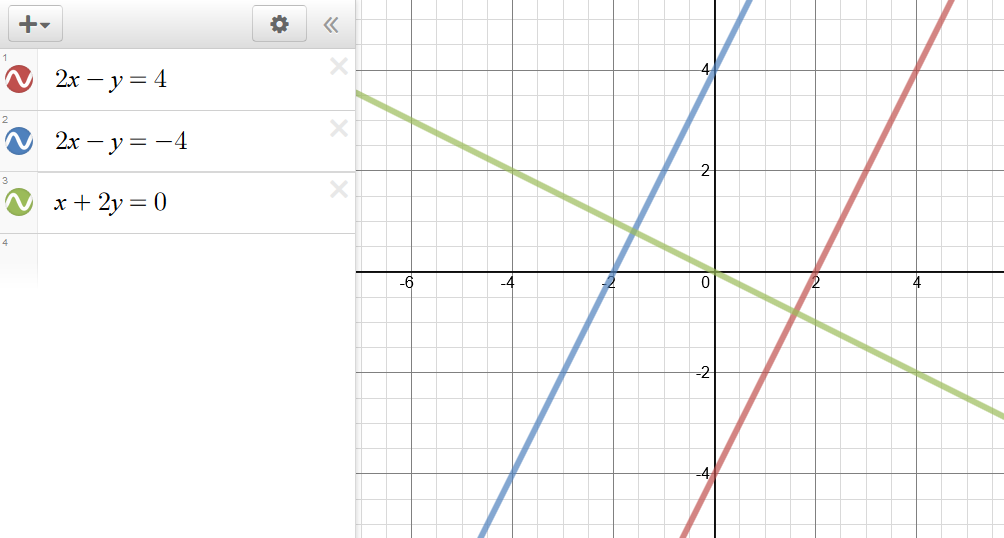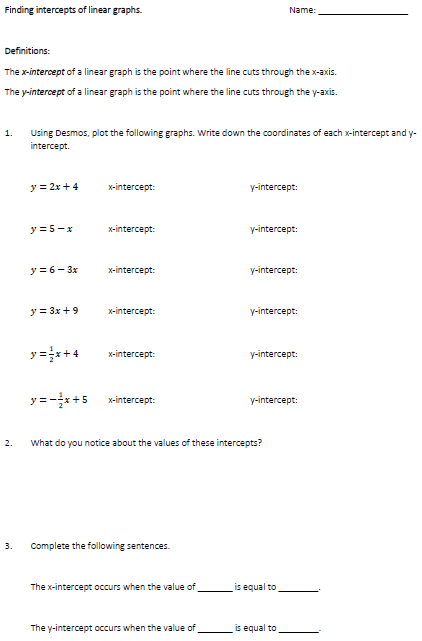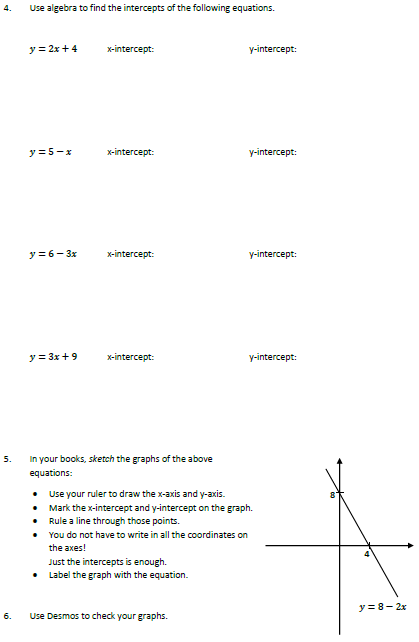In introducing rotations to my Year 7 class, I had them create a… thing. “Foldable” isn’t really the word I’m looking for here. I think it’s better described as a “spinable”.
Anyway, it looks like this…
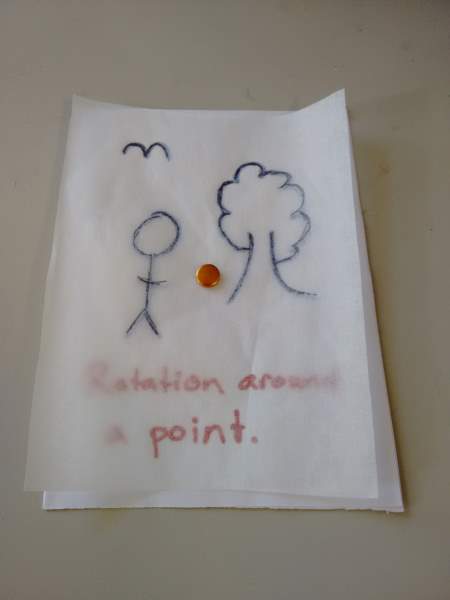
…and this.
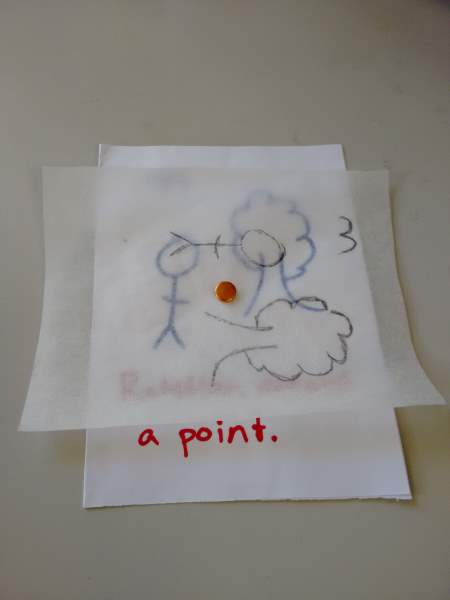
The main idea is that students aren’t just told what a rotation is, and they aren’t just shown, but they actually create the rotation themselves.
To do this, each student will need:
- An A5-ish sheet of paper (or half a US letter sheet will do).
- An piece of tracing paper half the size.
- One of these pin things. I always called them “split pins” growing up, but I think they’re actually called paper fasteners.
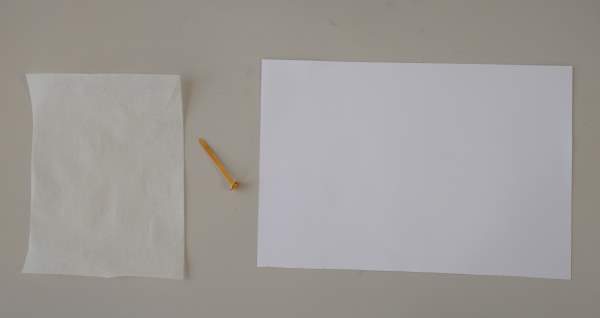
Get students to fold their paper in half, and draw any picture they like (school appropriate, of course) in one half. I only gave them 30 seconds to draw a picture, because I didn’t want them spending the whole lesson on it, and I think a simpler picture is better than this. Of course, many of them took longer than that just to find something to draw with…

Next, unfold the paper and cover the picture with the tracing paper. Attach the two sheets together with the pin. I emphasised the point to students that they could put the pin wherever they wanted, not just the center. I wanted there to be a variety of pin location, so we could see how that affected the image that was produced.
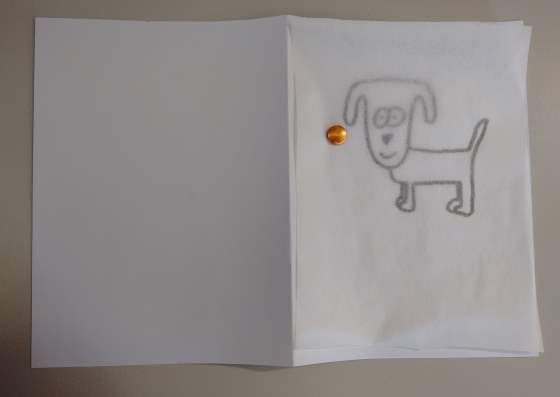
Trace over the picture. I found pencil, rather than pen or marker, works best for this. The colouring is optional.
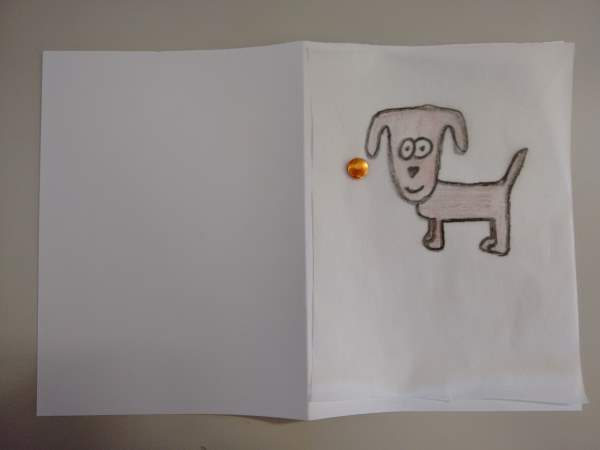
Finally, glue the back of the paper and fold it in half again. This just stops there being a possibly rogue pin sticking out the back of the sheet.
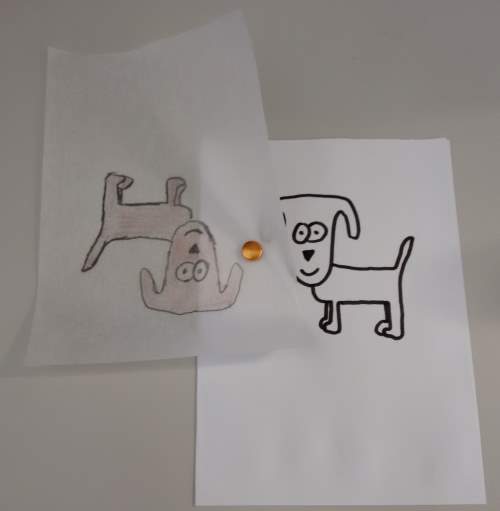
And we’re done! I also had students write the words “Rotation around a point” on theirs and glue them into their workbooks.
What I like about this is that it emphasises what it means to rotate around an origin. When students were working on questions from their textbooks, it made explaining the origin a whole lot easier: that point doesn’t move, because that is where the pin is. Everything else moves around that.
I also like the way that each student was able to put their own “spin” (get it? Sorry…) on this task. Students could see a whole lot of examples by seeing what other kids did.
Rotations are an interesting topic to try and teach. One battle we have as teachers is finding ways to explain concepts that seem obvious in our own heads, even though they’re not. It turns out that adult-with-mathematics-degree-obvious is not the same as twelve-year-old-obvious. Describing points moving around another point is one of those ideas students can find hard to understand. I think it’s much better to let them create it for themselves.
